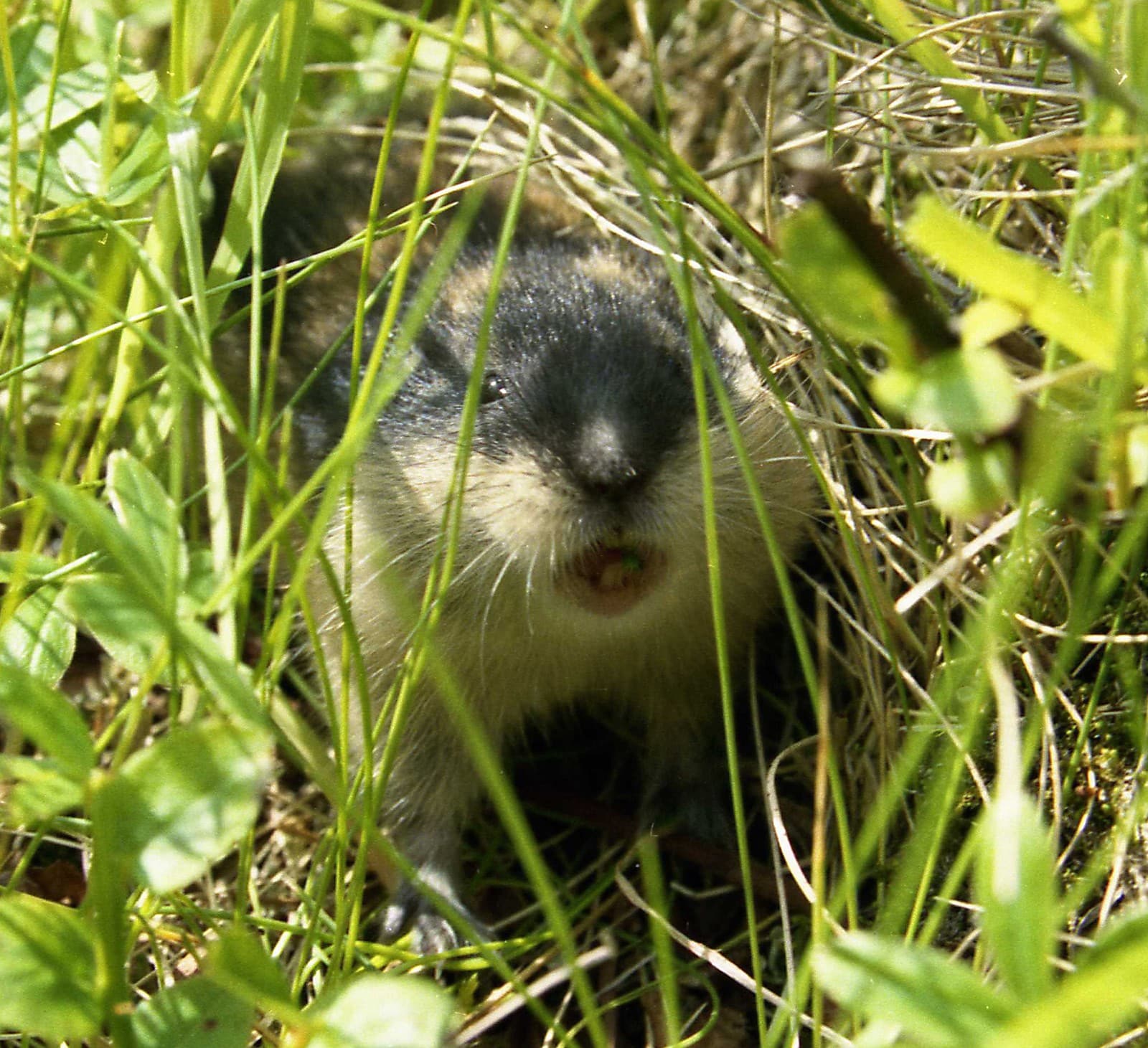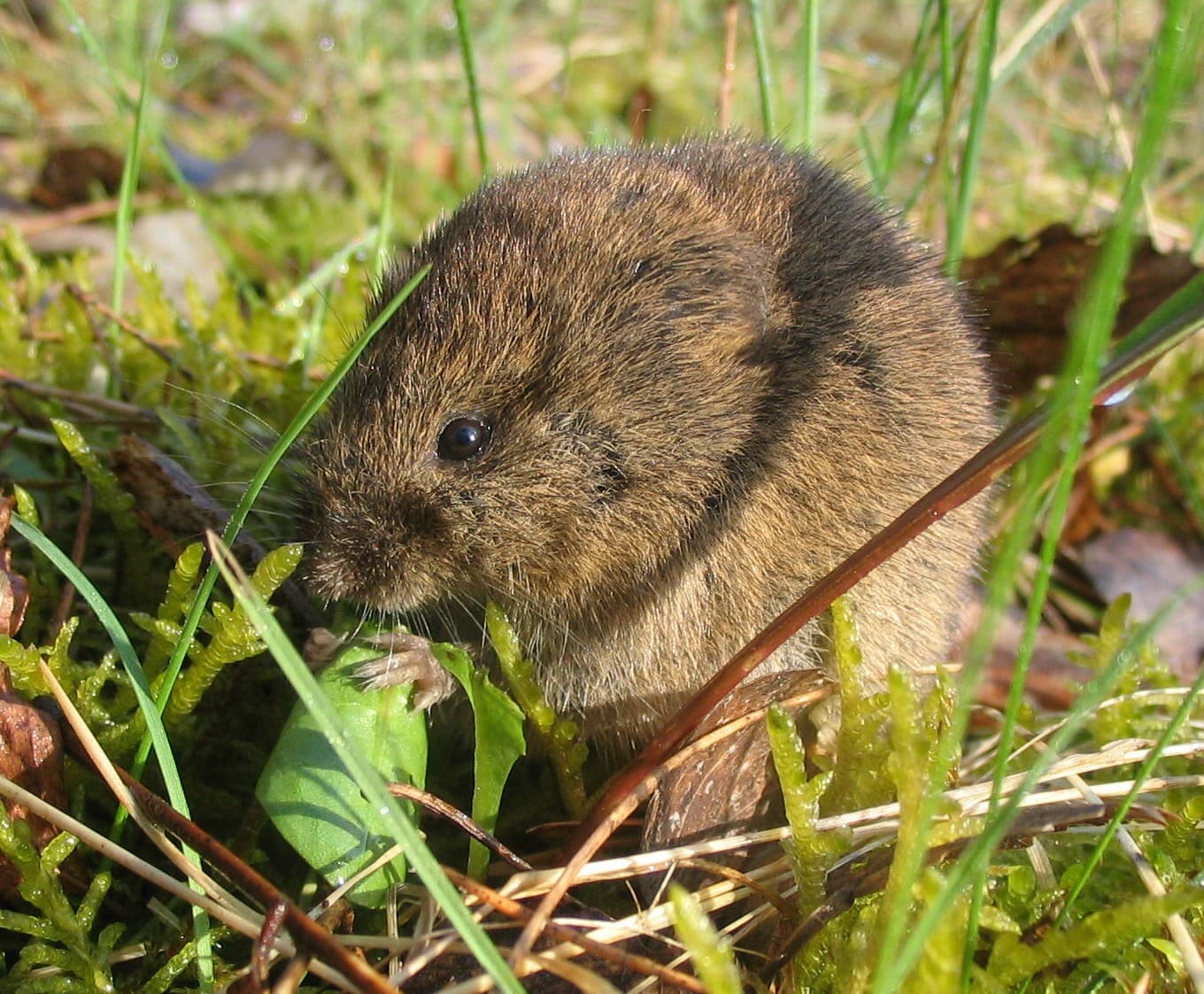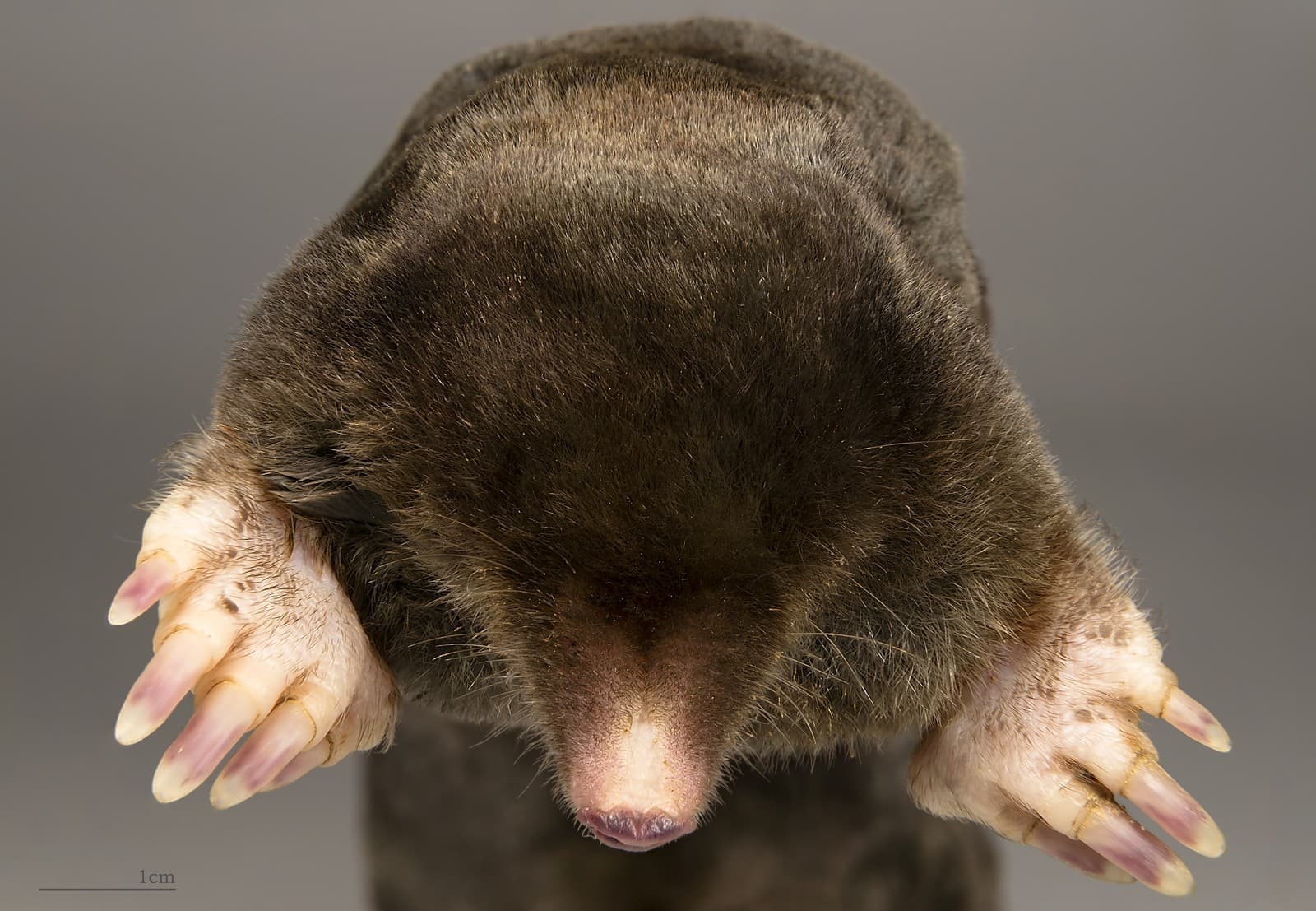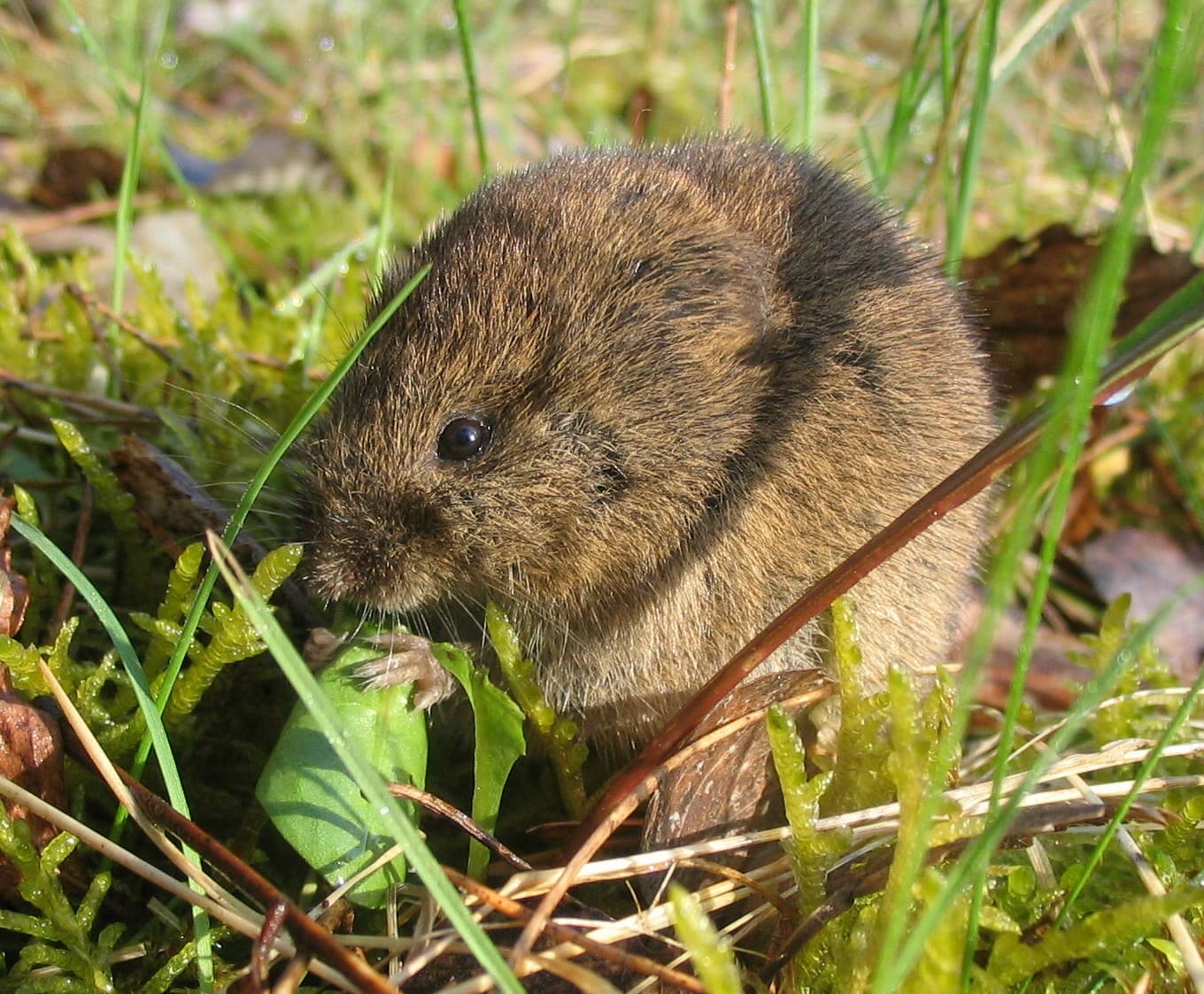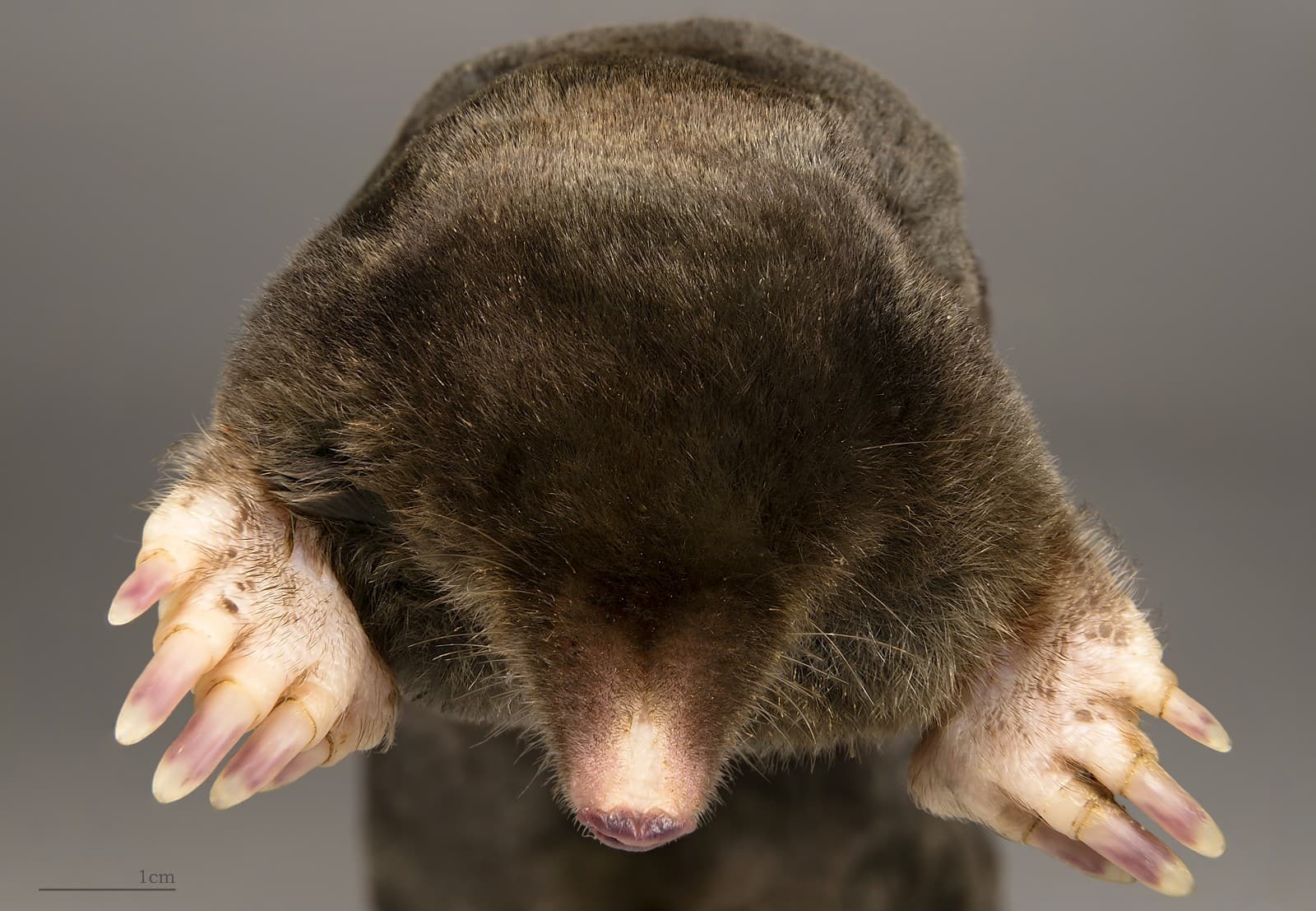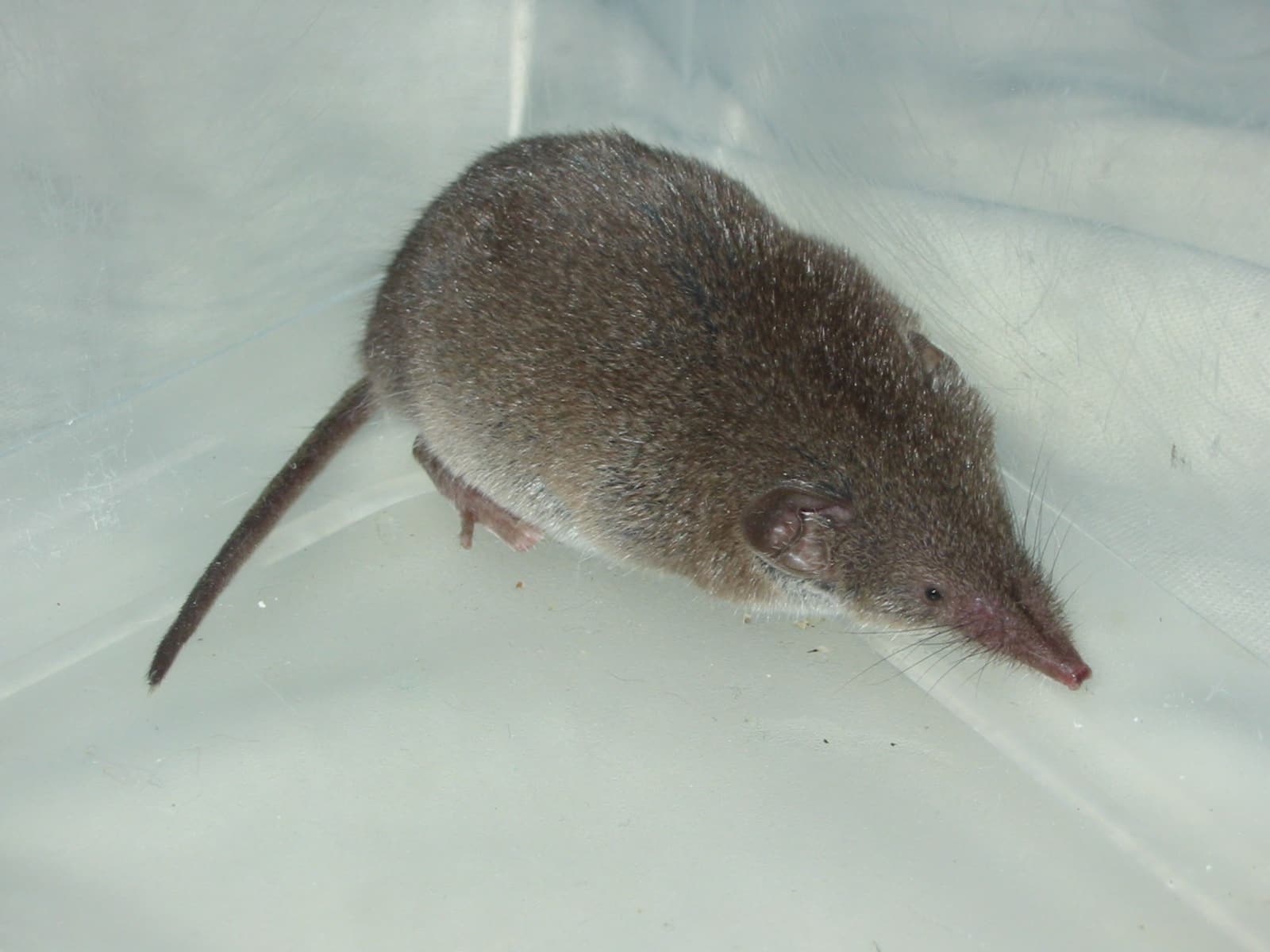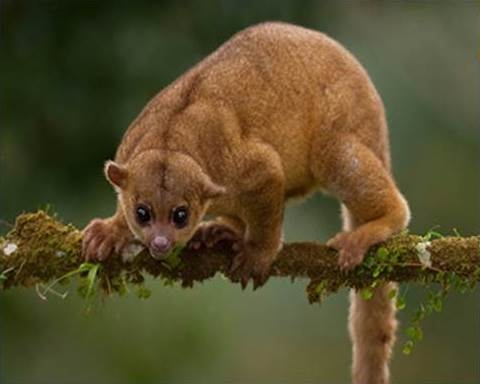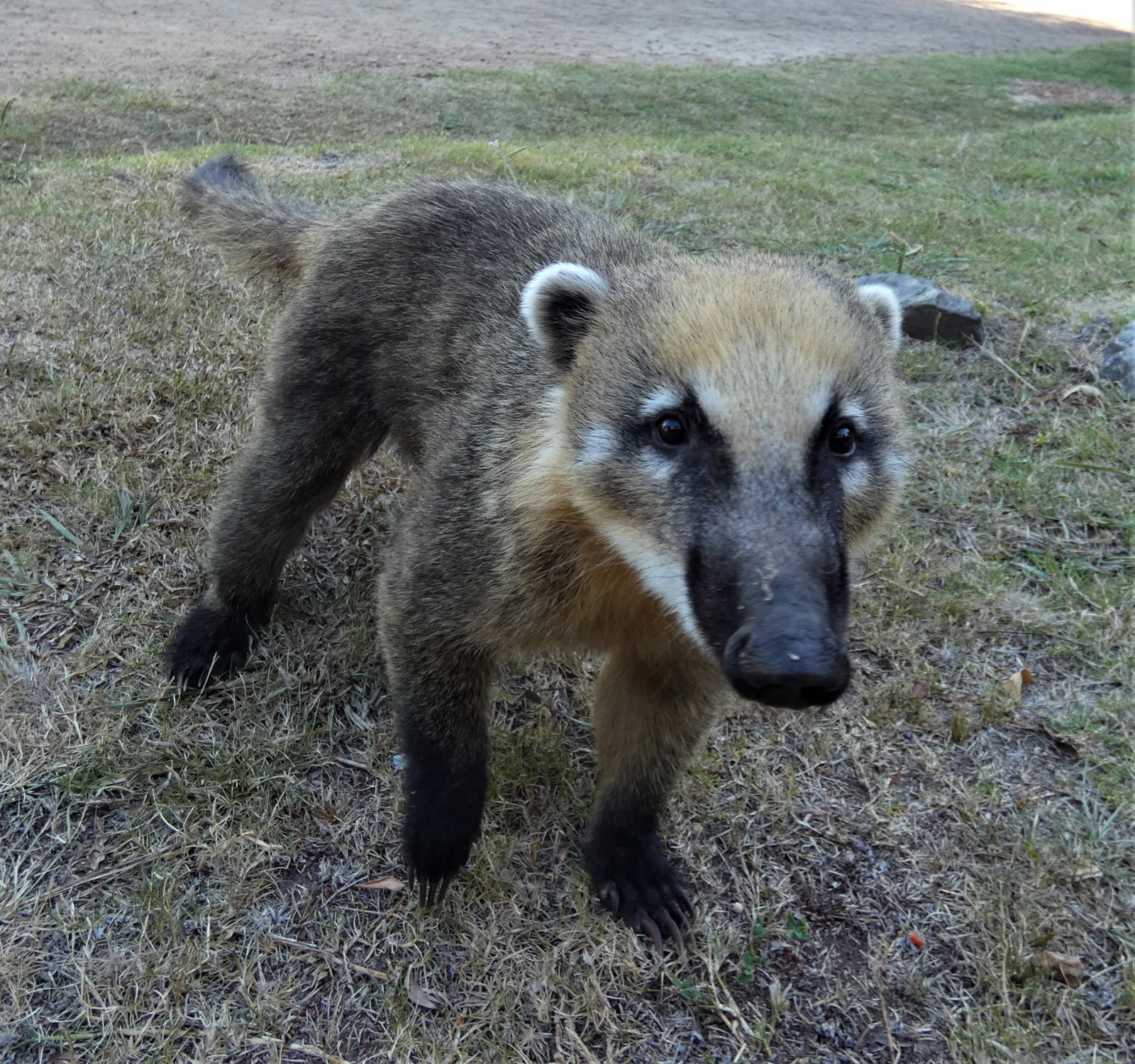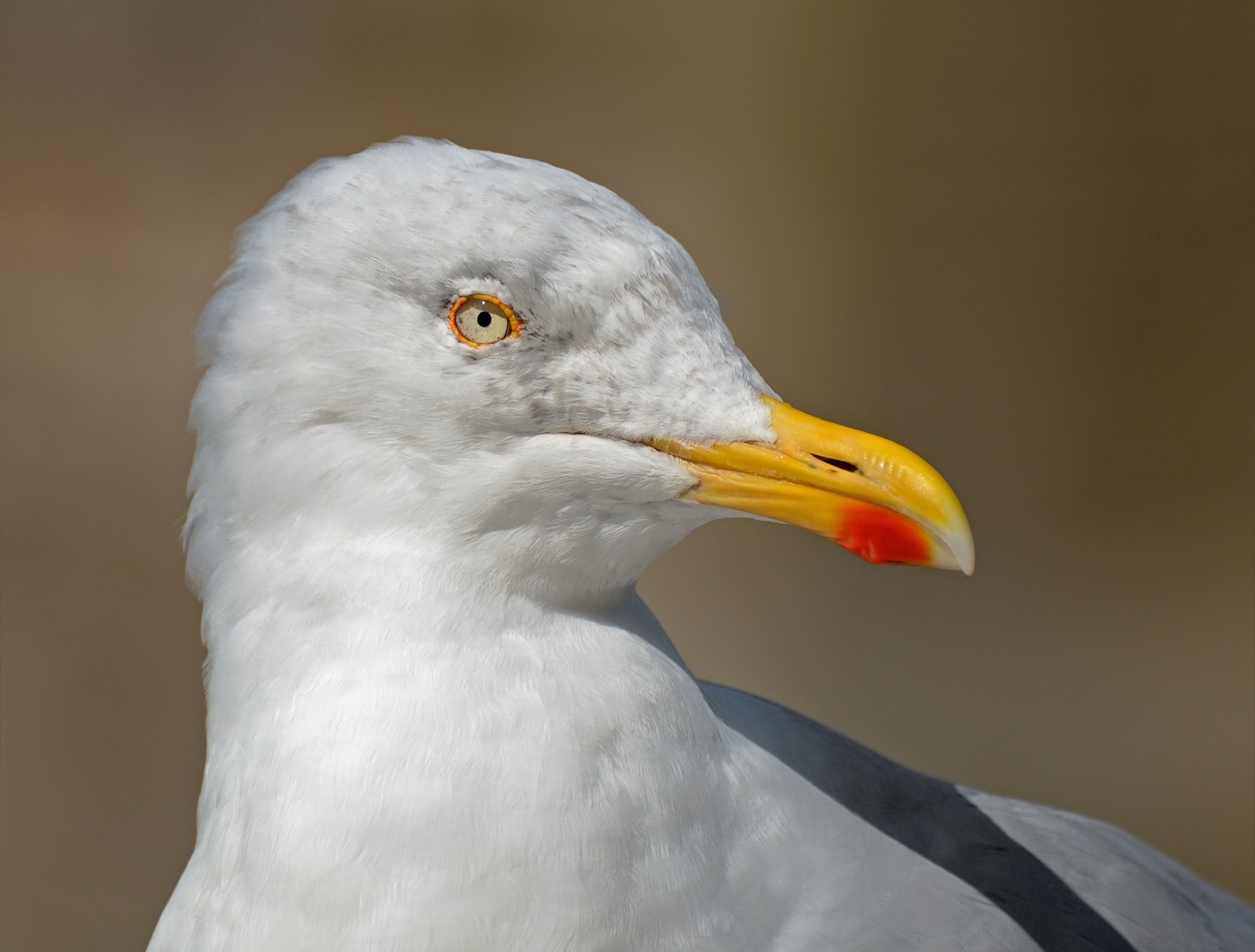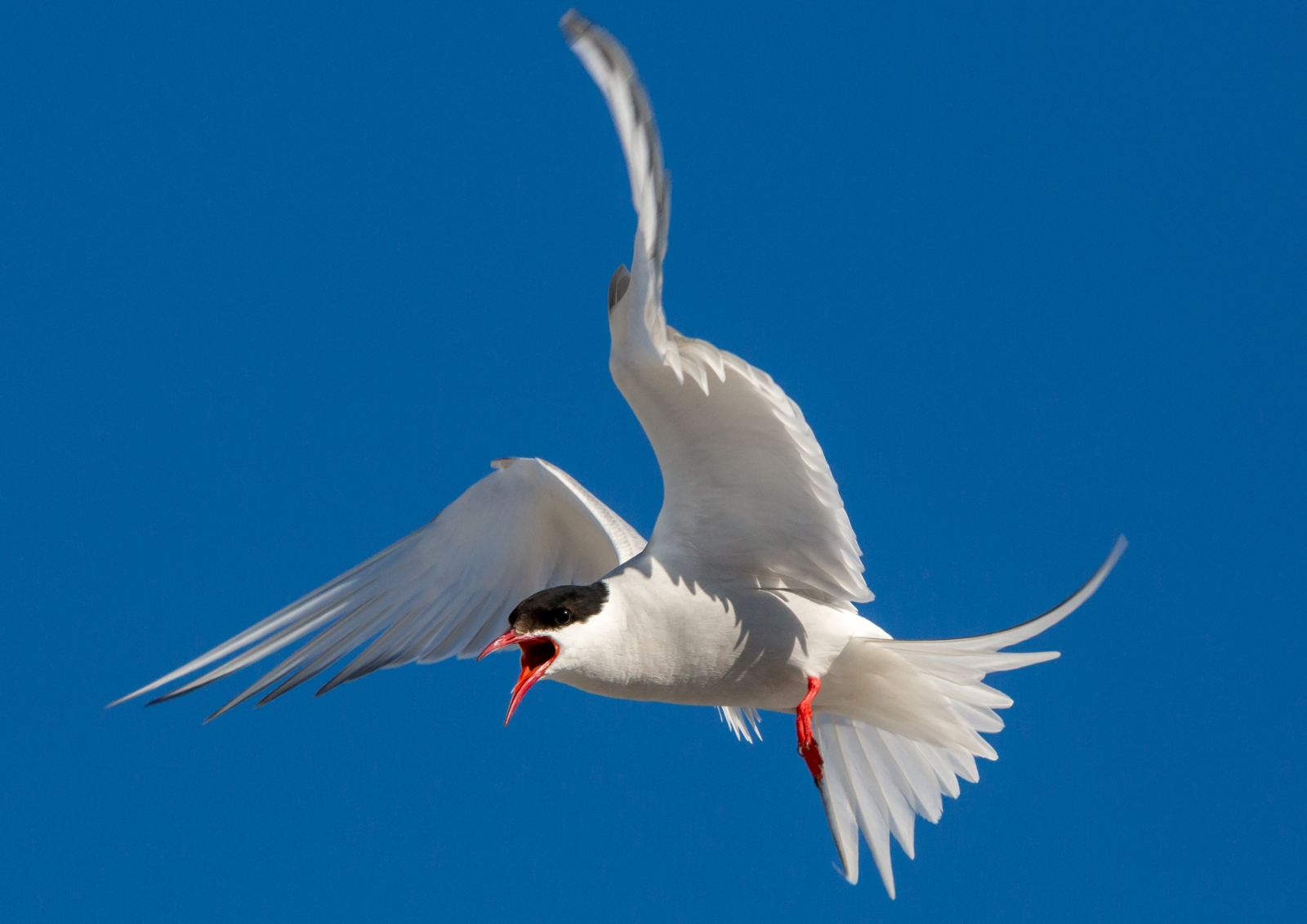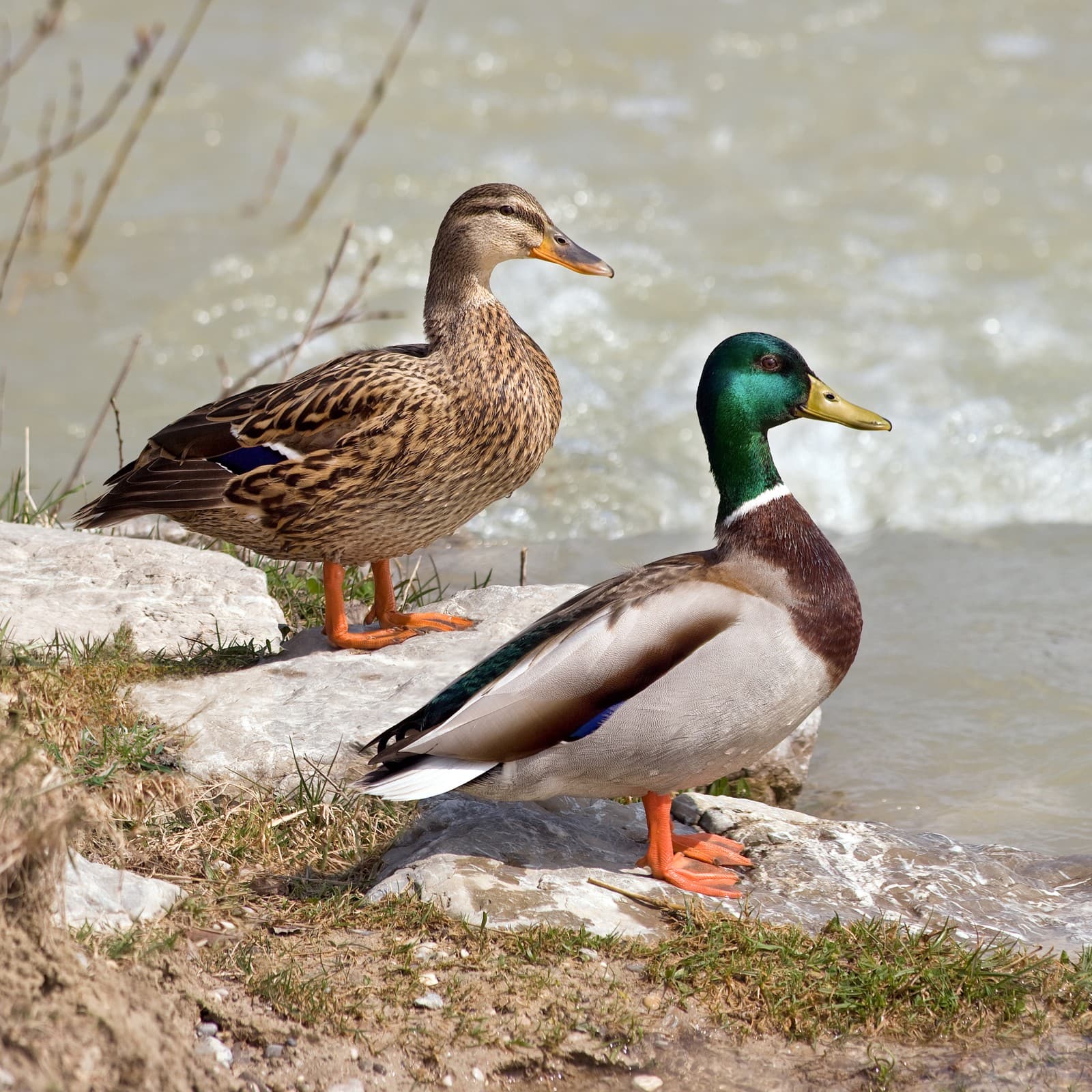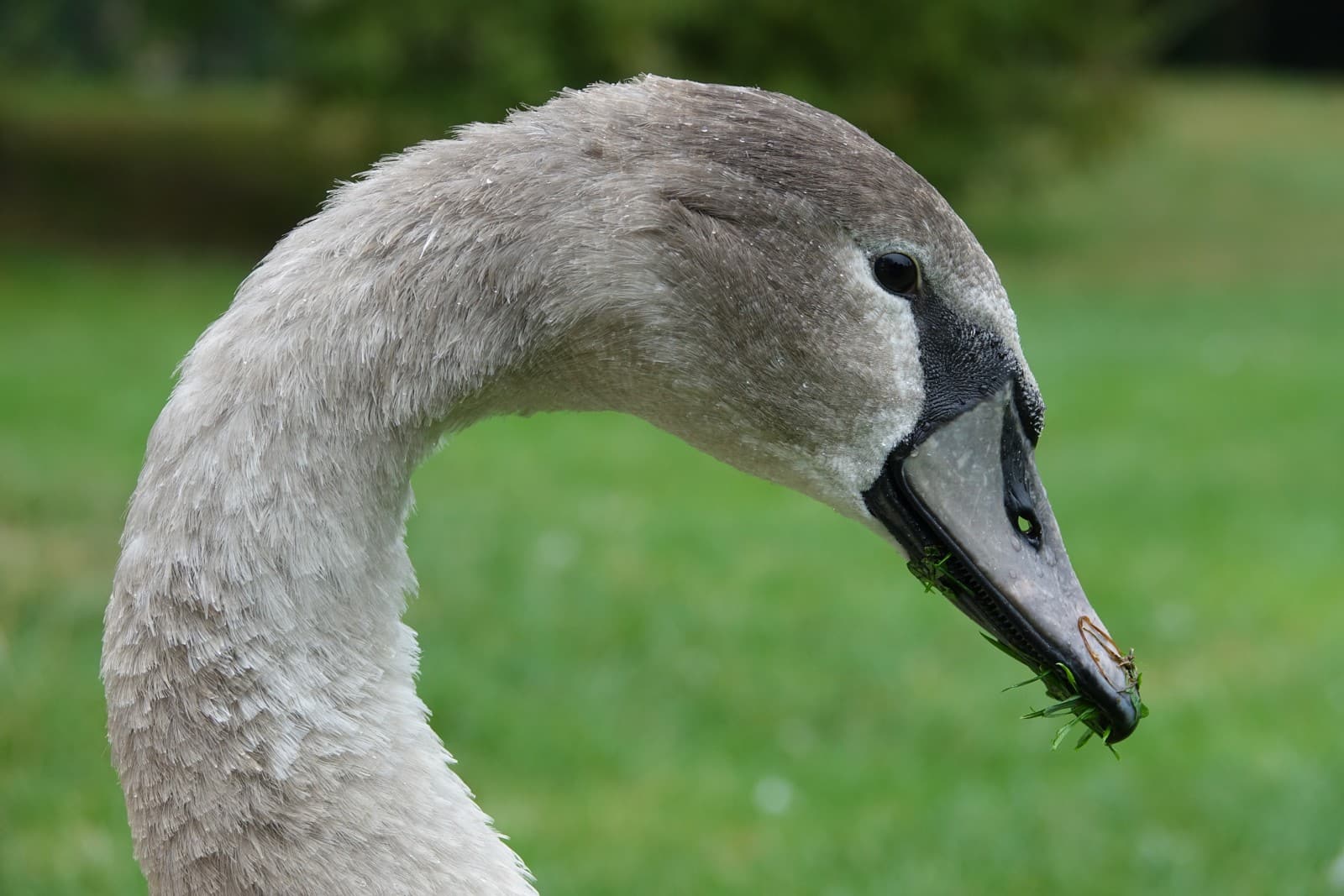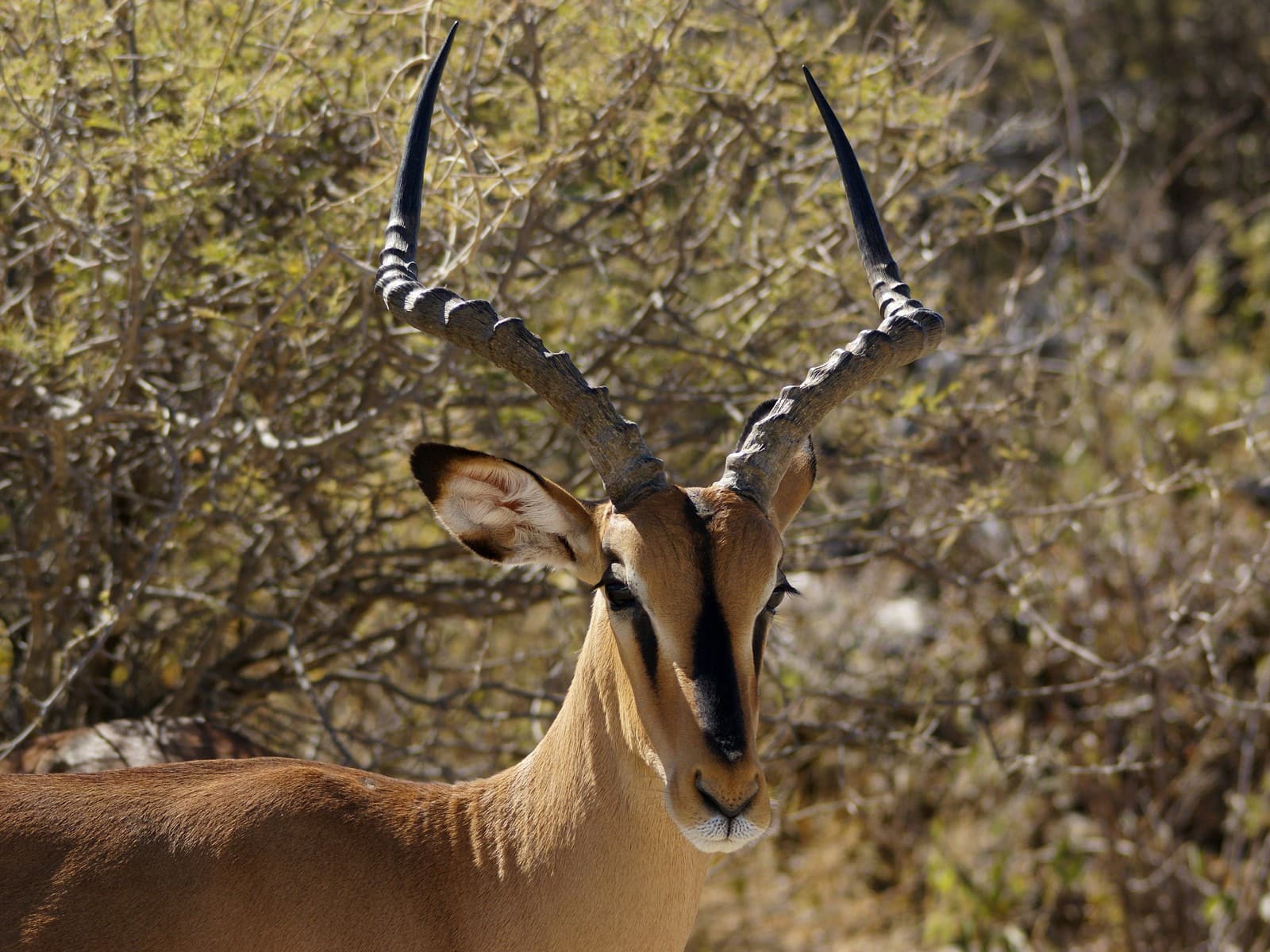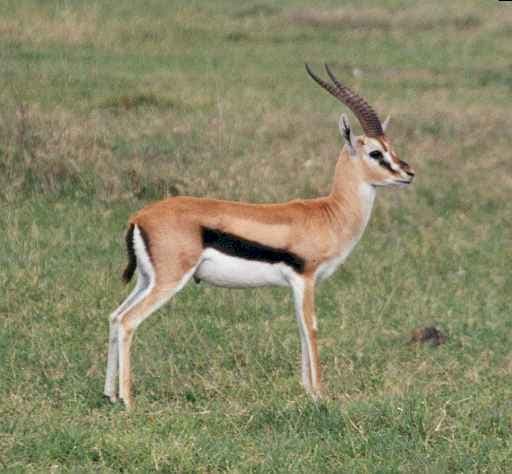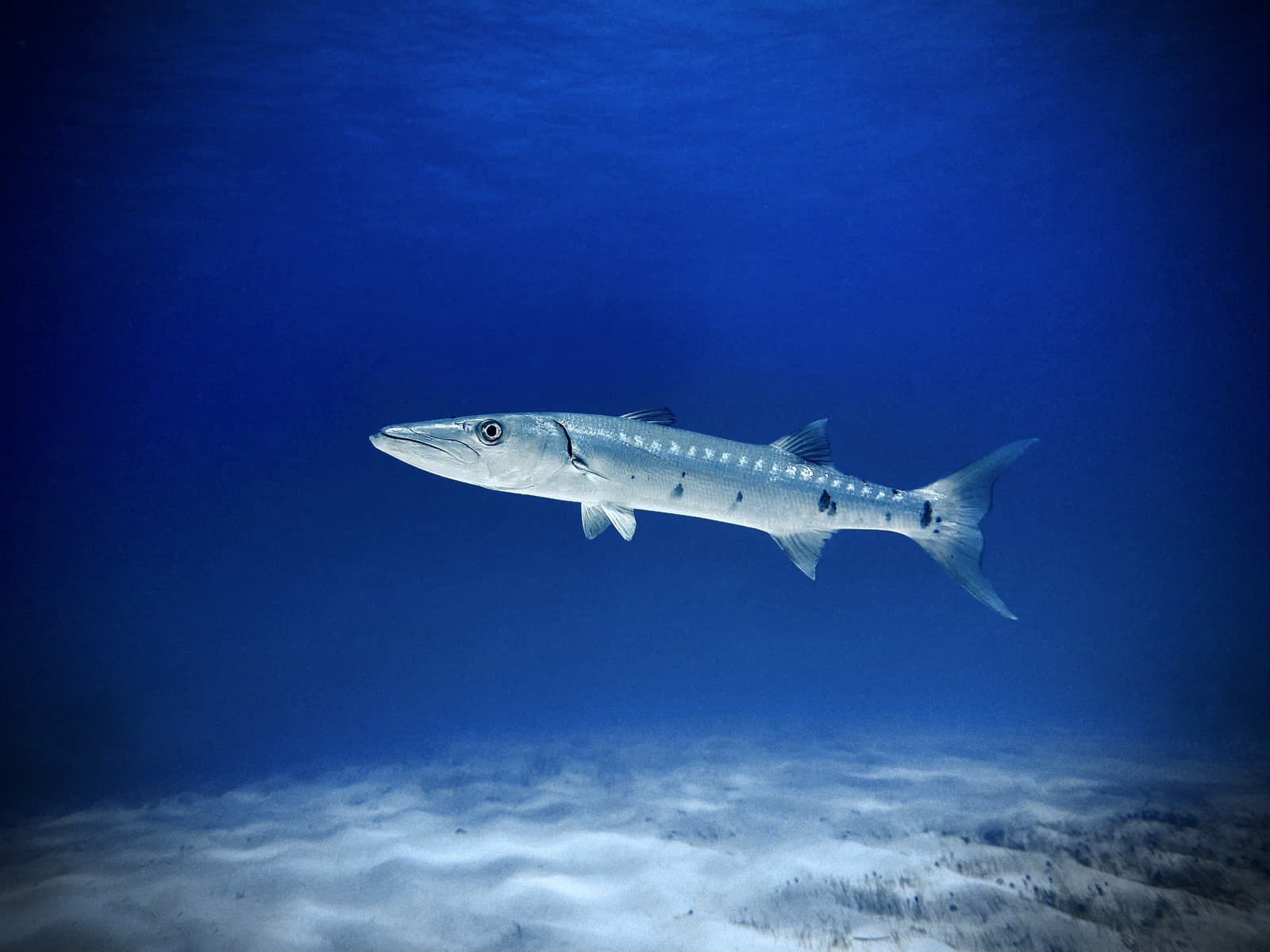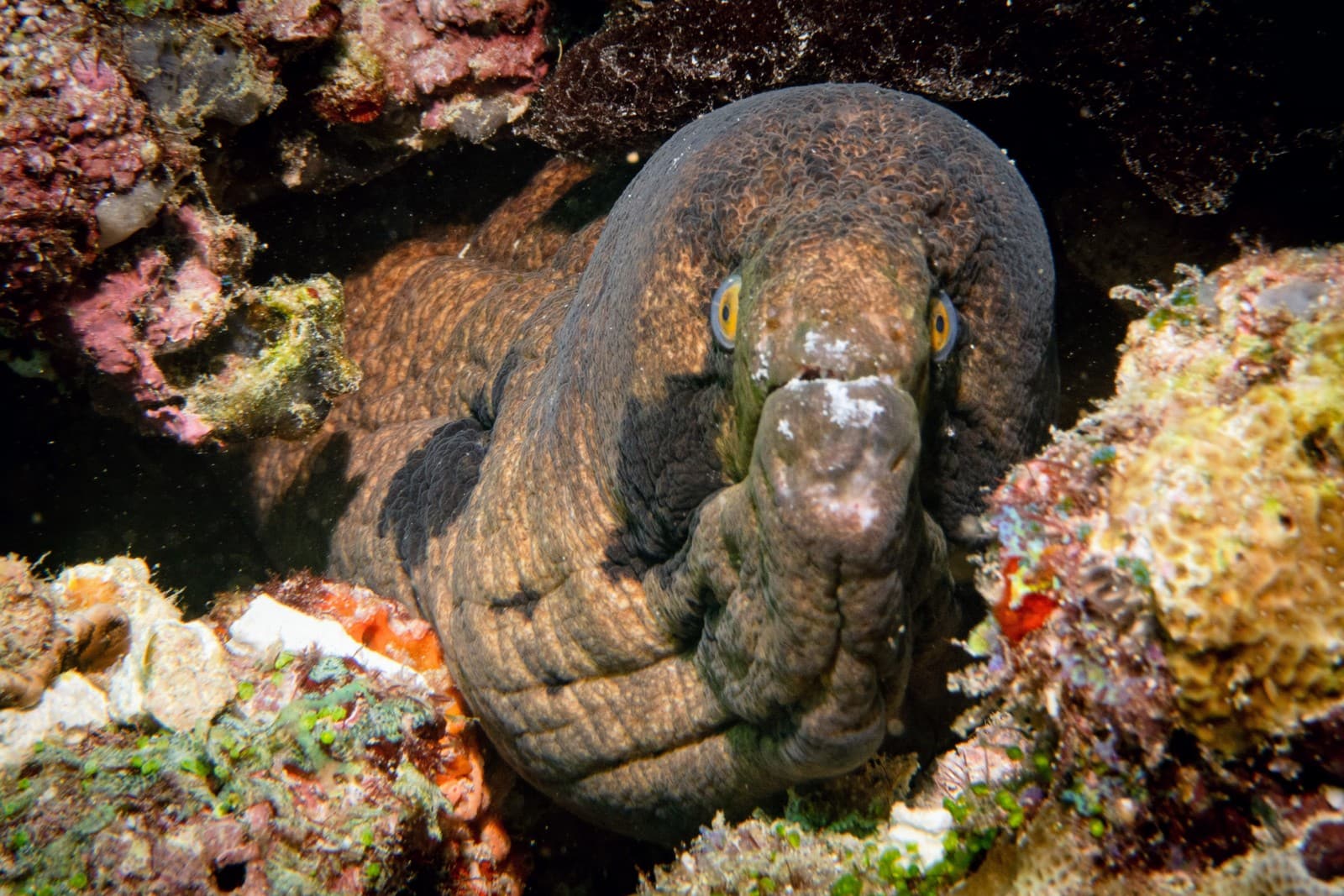Vole vs Shrew: A Complete Comparison
Despite their similar size, voles and shrews represent two distinctly different families of small mammals with fascinating differences in behavior, diet, and physical characteristics. Voles are rodents belonging to the subfamily Arvicolinae, while shrews are insectivores from the family Soricidae. The most noticeable difference lies in their snout shape – voles have blunt, rounded snouts measuring 0.2-0.3 inches (5-8mm), while shrews possess distinctive pointed snouts reaching 0.4-0.6 inches (10-15mm) in length.
These diminutive creatures often share similar habitats but lead remarkably different lives. Voles are primarily herbivorous, consuming plant matter and creating elaborate tunnel systems, while shrews are voracious predators with incredibly high metabolisms requiring them to eat nearly their body weight in insects daily.
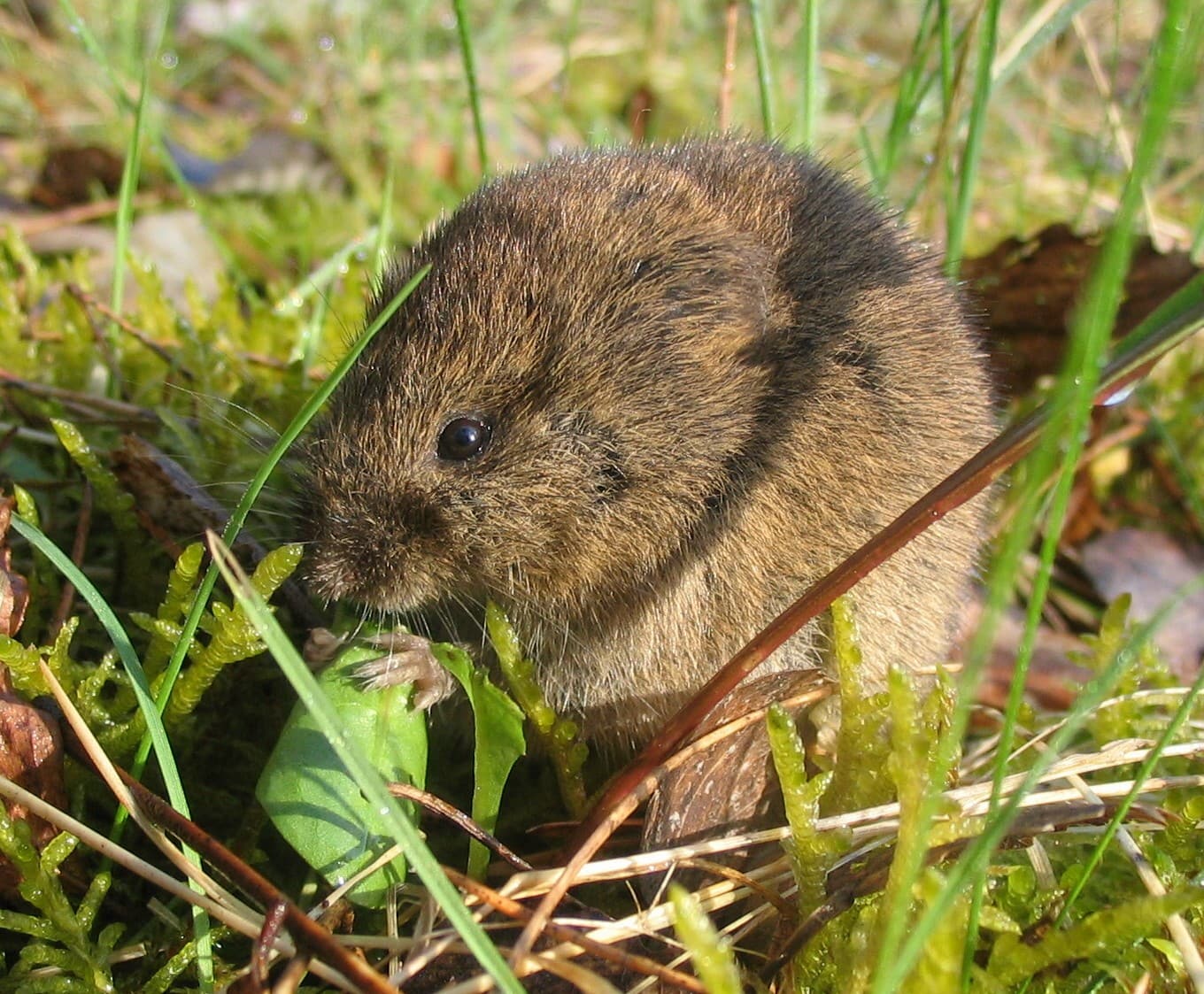
A field vole displaying characteristic features including its rounded face, stocky body, and shorter tail typical of the species. Note the blunt snout and small eyes, key identifiers when comparing voles vs shrews.
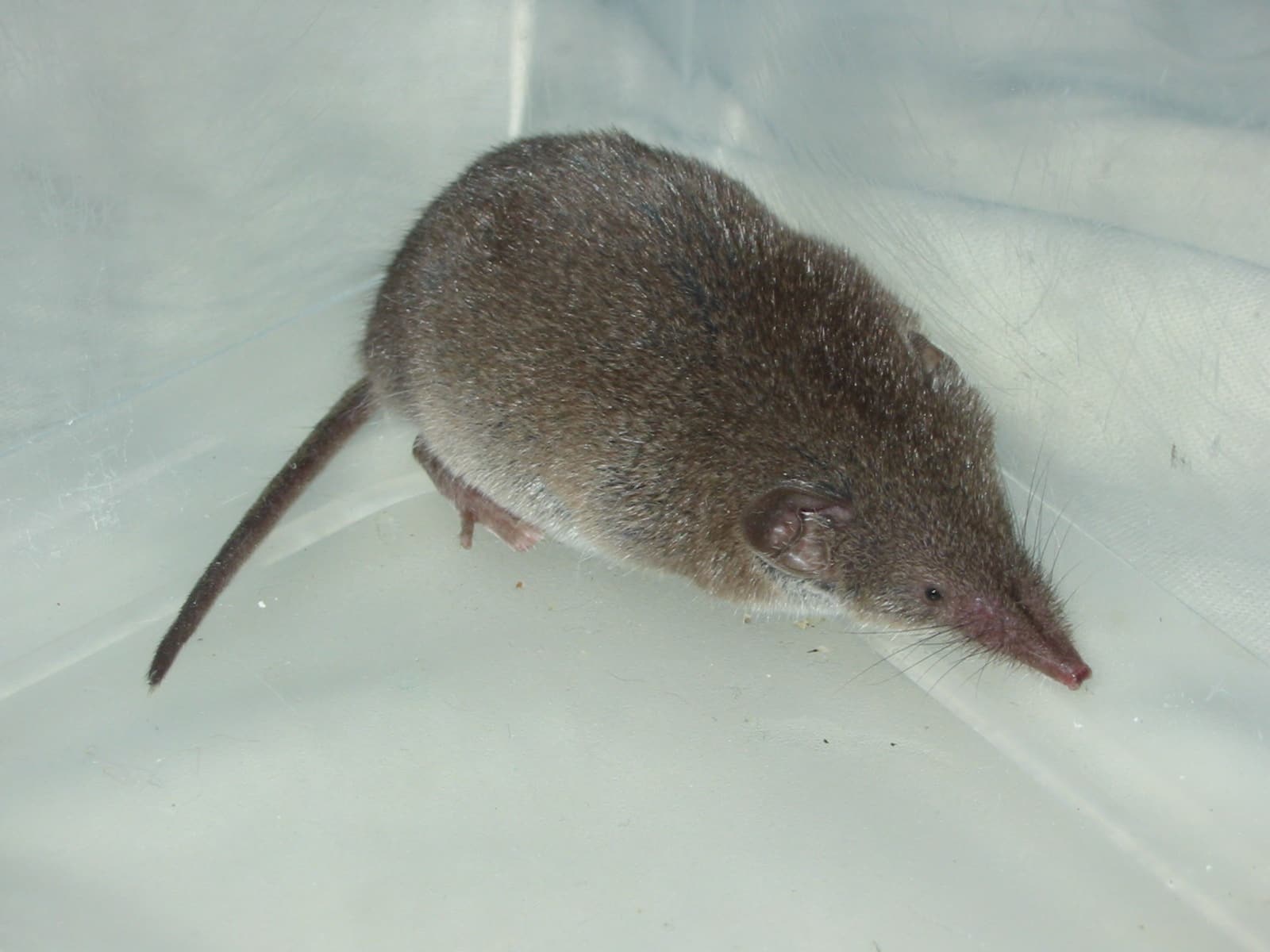
A common shrew exhibiting its distinctive pointed snout and more slender build compared to voles. The elongated nose and smaller eyes are adaptations for its insectivorous lifestyle.
Key Physical and Behavioral Differences
| Feature | Vole | Shrew |
|---|---|---|
| Snout Shape | Blunt and rounded | Long and pointed |
| Body Length | 3-8 inches (7.6-20.3cm) | 2-4 inches (5-10cm) |
| Tail Length | Short, 1/3 body length | Long, 2/3-3/4 body length |
| Diet | Herbivorous (plants, seeds) | Insectivorous (insects, worms) |
| Metabolism | Moderate | Extremely high |
| Lifespan | 12-18 months | 12-18 months |
Habitat and Lifestyle Differences
Voles are primarily terrestrial creatures, creating extensive tunnel systems in grasslands and forests. They construct elaborate networks of surface runways through grass and vegetation, which appear as well-worn paths 1-2 inches (2.5-5cm) wide. These industrious rodents maintain active colonies with multiple entrance holes and feeding stations.
Shrews, conversely, are more solitary and adaptable in their habitat choices. While they don’t create tunnel systems, they expertly navigate existing cavities and natural passages in their environment. Their high metabolism requires them to remain active both day and night, consuming food every 2-3 hours to survive.
Diet and Feeding Behavior
The dietary differences between voles and shrews are stark and reflect their evolutionary adaptations:
Vole Diet
- Primary food: Grass stems and leaves
- Secondary foods: Seeds, roots, bulbs
- Seasonal variation: Bark in winter
- Daily intake: 60% of body weight
Shrew Diet
- Primary food: Insects and larvae
- Secondary foods: Earthworms, snails
- Constant hunting required
- Daily intake: 80-90% of body weight
Reproductive Differences
Voles are notorious for their reproductive capacity, with females capable of producing 5-10 litters per year, each containing 3-6 young. This remarkable fertility can lead to population explosions under favorable conditions.
Shrews exhibit more modest reproductive rates, typically producing 2-4 litters annually with 4-7 young per litter. Their high metabolism and intense lifestyle result in a similarly short lifespan to voles, despite their lower reproductive output.
Ecological Impact and Human Interaction
While both species play crucial roles in their ecosystems, their impact differs significantly:
Vole Impact
- Can damage crops and gardens
- Important prey species
- Influence plant community composition
- Create soil aeration through tunneling
Shrew Impact
- Natural pest control
- Minimal agricultural damage
- Important indicator species
- Help maintain insect population balance
Understanding these differences is crucial for wildlife management, pest control, and conservation efforts. While voles can sometimes conflict with human activities, shrews generally provide beneficial ecosystem services through their predation on insects and other invertebrates.
